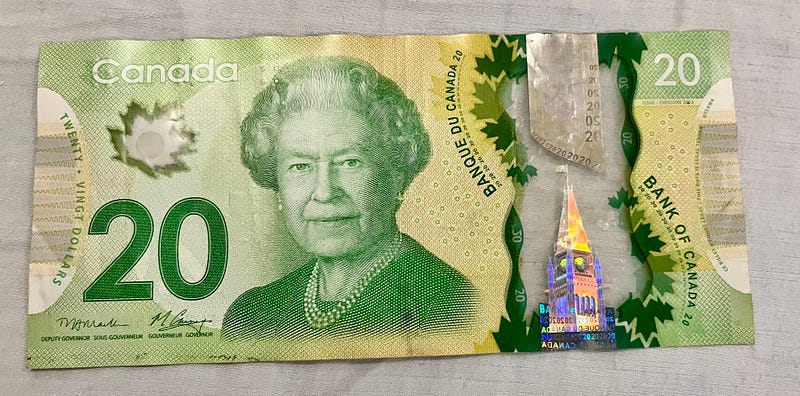Understanding Holographic Technology: A Beginner's Guide
Written on
Introduction to Holography
If you're engaging with this content, it's likely you have some notion of what a hologram entails. Perhaps you've encountered one in a science fiction film. For instance, recall the poignant moment in "Avengers: Endgame" where a holographic Tony Stark interacts with his daughter, stirring emotions in viewers. Alternatively, you might think of Princess Leia in "Star Wars," requesting aid from General Kenobi through a holographic projection from R2-D2.
For fans of "Star Wars," holography is frequently employed to illustrate significant characters throughout the narrative.
This leads us to some intriguing questions:
- What precisely is a hologram and holography?
- Are they merely figments of science fiction?
- How can one create a hologram?
- In what ways does it differ from photography?
- What is the current status of holographic technology?
- What does the future hold for this technology and why is it relevant to you?
This article will address the first two inquiries regarding holography.
What is Holography?
Imagine you're sitting at a dining table, gazing at an apple. The process by which you perceive the apple is quite intricate: light reflects off the apple and enters your eyes. Your eyes relay this information, which your brain interprets to form a three-dimensional image.
And just like that, you perceive an apple!
Now, if I were to arrive at your place for dinner and consume that apple as an appetizer, you wouldn't see it anymore. However, if I could somehow capture the light information originally reflected from the apple and present it as if it were still there, you would still see an apple, even though it has disappeared from the table. This encapsulates the essence of a hologram—a three-dimensional visual representation of an object. The technique used to capture and present this information is referred to as holography.
Are Holograms Real or Just Fiction?
If you prefer carrying cash, then you likely possess a hologram. So, the answer is yes—holograms are indeed real, but their reality depends on the type of hologram being considered.
As mentioned, a hologram consists of the information derived from light reflected off an object. There are various methods to capture and display this information. Given the effort involved in creating such representations, holograms are often used in currency to prevent counterfeiting.
Holograms can be categorized broadly into two types based on their representation:
- 2D Presentation: A straightforward example would be a holographic feature on a Canadian dollar bill.

- 3D Presentation: These are the types often depicted in films. As previously mentioned, there are multiple ways to capture and present this information. For instance, Laser Plasma Technology utilizes laser light to create plasma excitations of oxygen and nitrogen molecules in the air. This results in micro-lamps that collectively form an image without the need for a screen.
Be sure to check out the following video for a deeper understanding of holography!
In this video, "Turn your Smartphone into a 3D Hologram | 4K," you will learn how to create your own holographic display using simple materials and your smartphone.
Current Trends and Future Prospects
Holography is not just a relic of cinema; it has practical applications in various fields, including security and entertainment.
In a groundbreaking demonstration, a holographic lecture showcased the potential of this technology in education.
The video titled "World's first lecture delivered via hologram" highlights the innovative uses of holography in real-world scenarios.
Thank you for engaging with this content!
To discover more stories and support writers on Medium, consider joining for just $5 a month for unlimited access to all articles. If you enjoyed this piece, your claps would be greatly appreciated! Stay tuned for more insights and subscribe for updates!